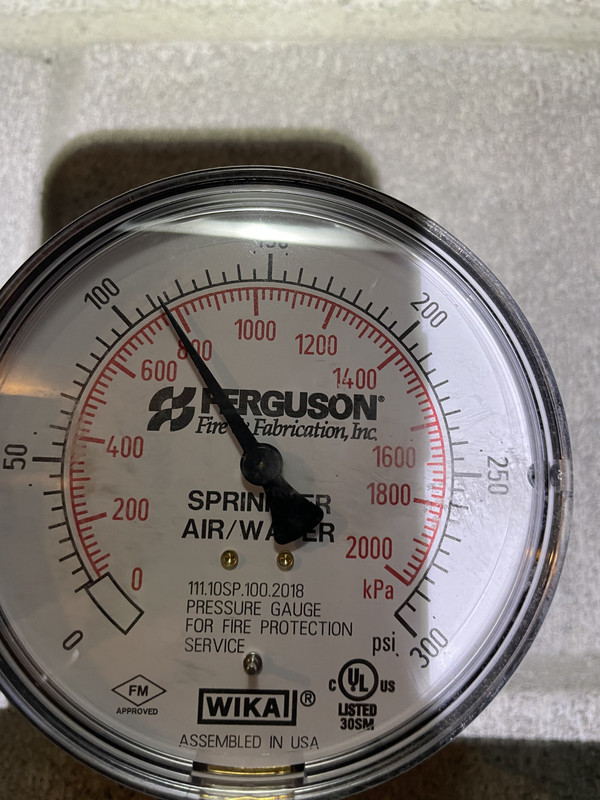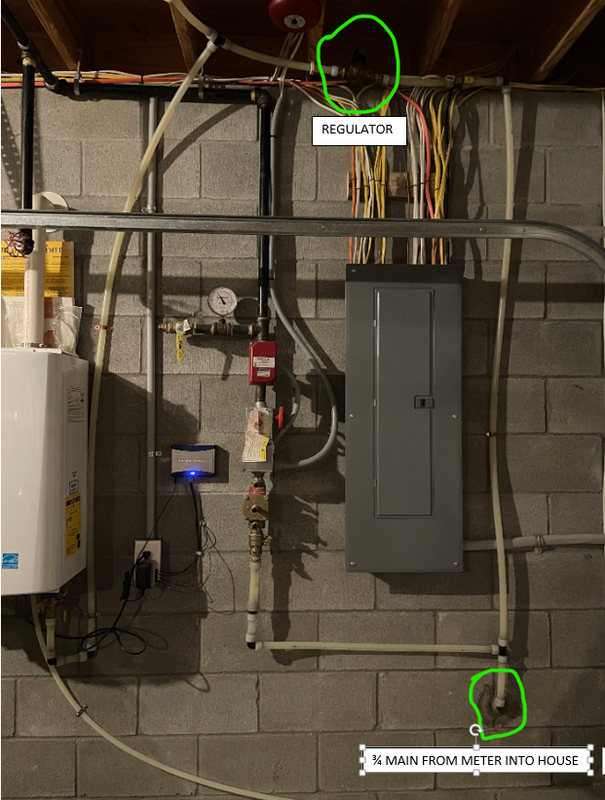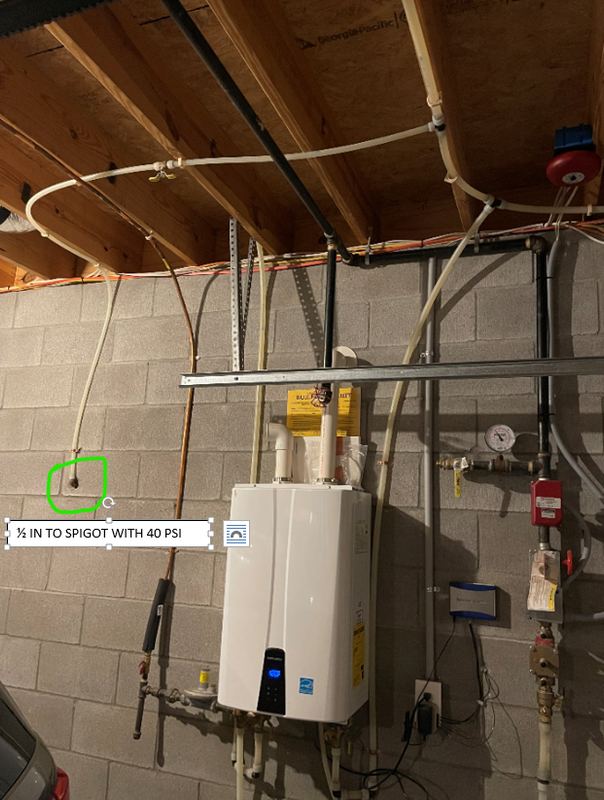I'm looking at possibly doing a install of irrigation myself but trying to figure out a lot of questions. I bought a pressure tester from Lowe's and on my outdoor spigot I'm getting exactly 40PSI, which I feel like I need more than that. I'm my basement I have a fire sprinkler system that is installed off the main water line before the pressure regulator and it's showing a reading of 110 PSI roughly. I tried adjusting my pressure regulator to increase the 40 PSI but it didn't increase any. Would I be installing my irrigation system of the main line before the pressure regulator or does it go after the regulator? If after can I change regulator out to a larger one in order to get more pressure. It took my outdoor spigot exactly 1 min to fill a 5 gal bucket for reference.









